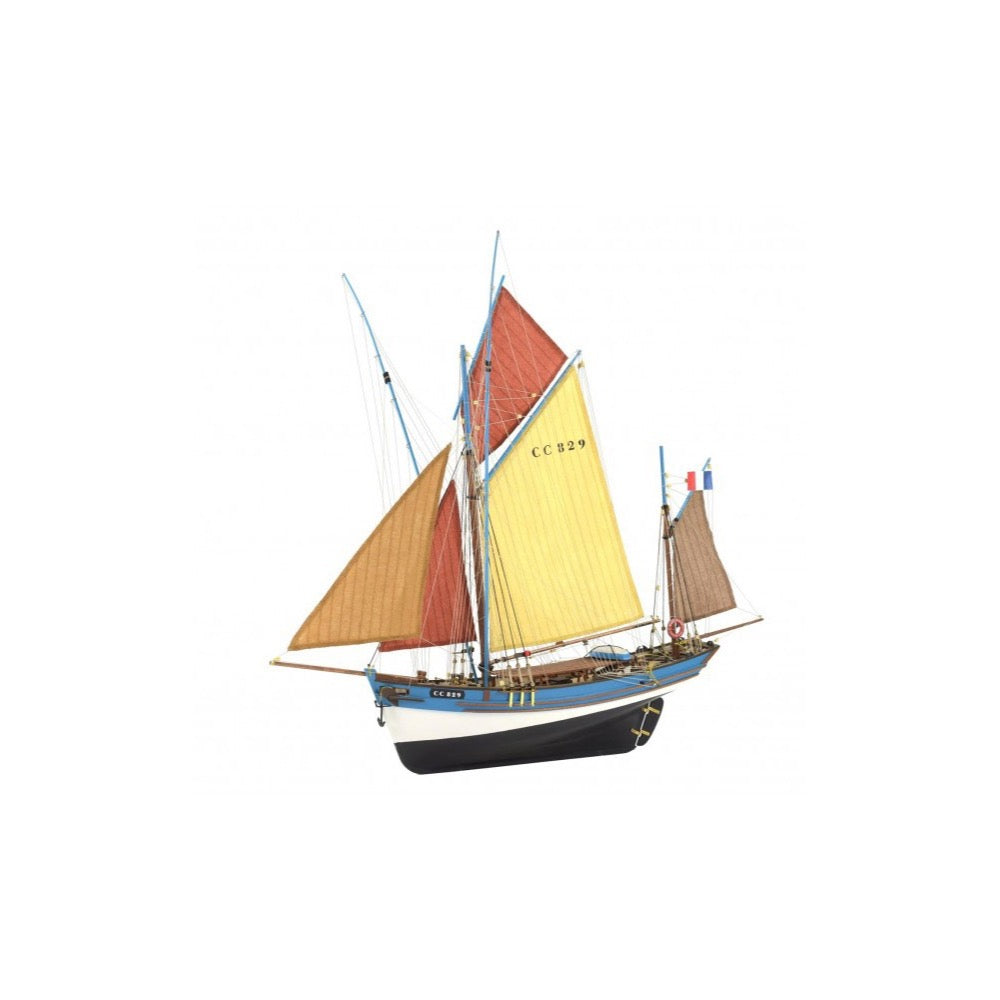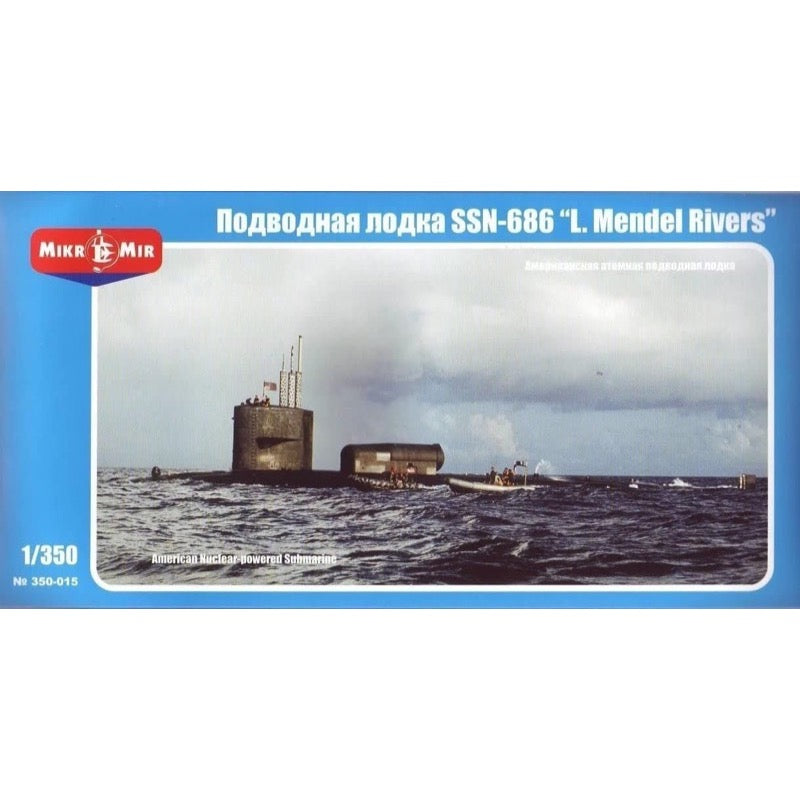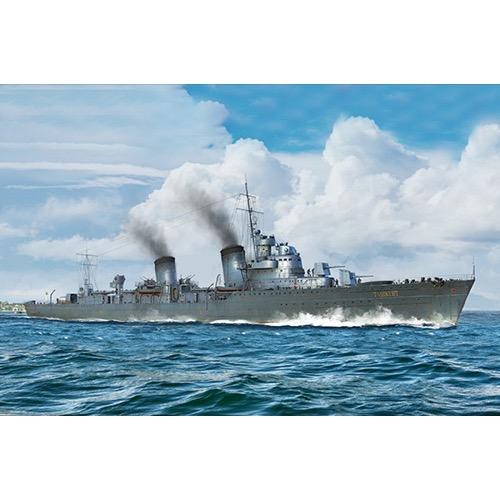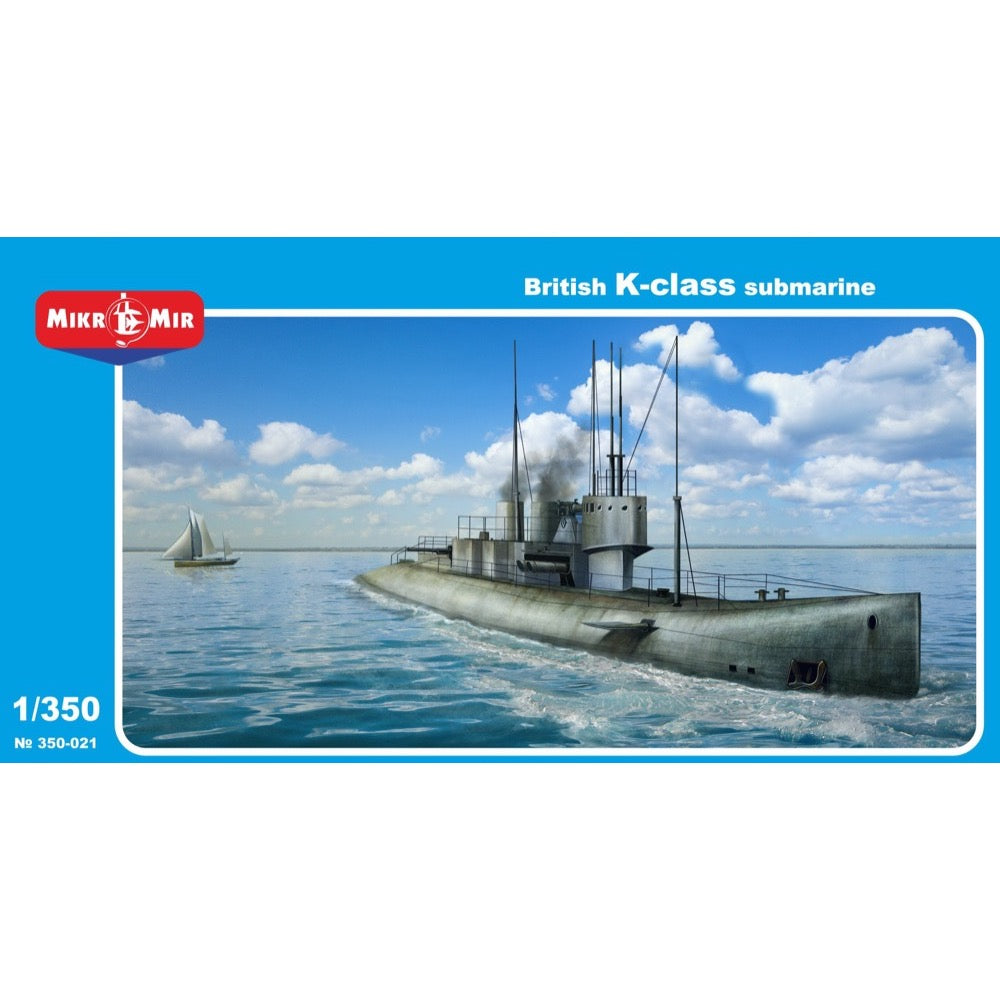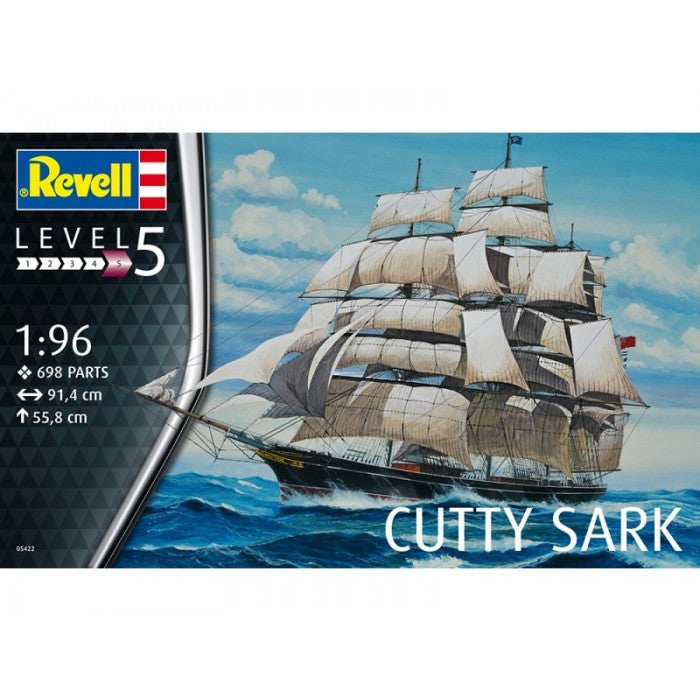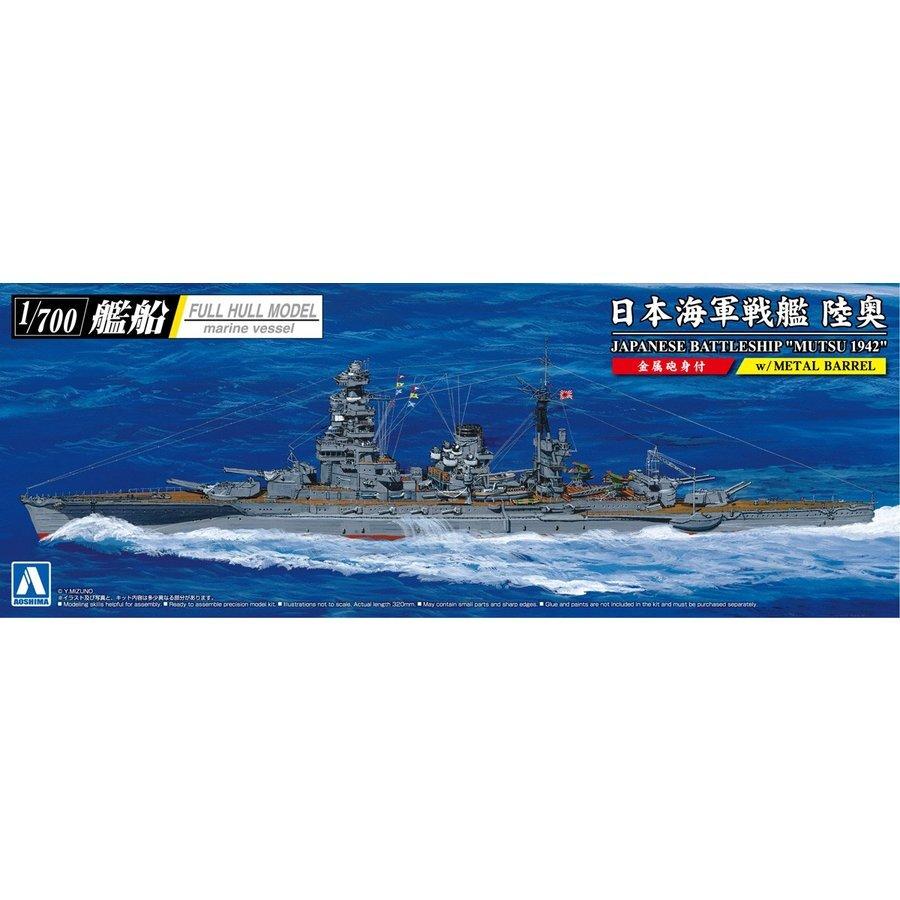
Aoshima A005980 1/700 Japanese Battle Ship Mutsu 1942
Mutsu was a Japanese battleship laid under the keel in 1918, launched in May 1920, and commissioned in the Imperial Japanese Navy in November 1921. The ship was 224 meters long, 34 meters wide, and had a full displacement of 42,800 tons. The maximum speed of battleship Mutsu was around 25-26 knots. The main armament at the time of the launch was 8 410 mm guns in four turrets, two guns each, and the additional armament was mainly 20 140 mm guns.
Mutsu was the second and final Nagato-class battleship. The Nagato type was the first series of battleships whose main artillery exceeded the caliber of 400 mm. In the interwar period, Mutsu was modernized twice, which led to the removal of the front chimney, a far-reaching change of the front superstructure, the installation of a new fire control system and the de facto change of the entire engine room. Catapults for seaplanes have also been added. During World War II, Mutsu did not take part in the fighting extensively. During the Battle of Midway (June 1942), he was part of the Main Force, but did not actually take any part in the battle. At the turn of 1942/1943, it sailed in the Guadalcanal area, but again it was not put into action. On June 8, 1943, probably due to the negligence of the crew, the battleship Mutsu was struck by a powerful explosion associated with the loading of main artillery ammunition on board, which quickly led to its sinking.
This kit boasts a full hull parts, divided into left and right sections as well a an integrated deck that recreates this Nagato-type battleship beautifully.
This is an injection-plastic ship model kit.
Inlcudes
- 41cm long gun metal gun barrels
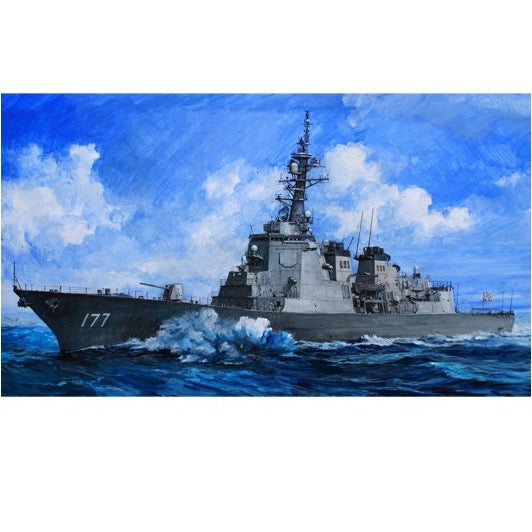
Trumpeter 04536 1/350 JMSDF DDG-177 Atago Destroyer
The ATAGO class is fundamentally an improved and scale-up version of the KONGO class.
The ATAGO was laid down in April 5 2004, launched in August 24, 2005 and completed in March 15, 2007 in Mitsubishi Heavy Industry Nagasaki Shipyad.
To enhance the function as a command center, its bridge is by two floors higher than the Arleigh Burke Flight IIA class, making its load displacment larger than 10,000 tons for the first time as a JMSDF surface combat vessel. So it features a large accommodation and capable of flexible operation.
It carrise Mk-45 mod 4 127mm 62 caliber gun whose battery is stealth-shaped. Mk41 VLS is capable of launching Standed Missiles, ASROC missiles and Sca Sparrow missiles.
For anti-surface attack, domestically-mode Type 90 surface-to-surface guided missiles (SSM-1B) were carried instead of US-made Harpoon missiles.
Features
-
Lower hull made from two-directional slide moulds.
-
Separate sonar due to her sphere.
-
Hull version or waterline version
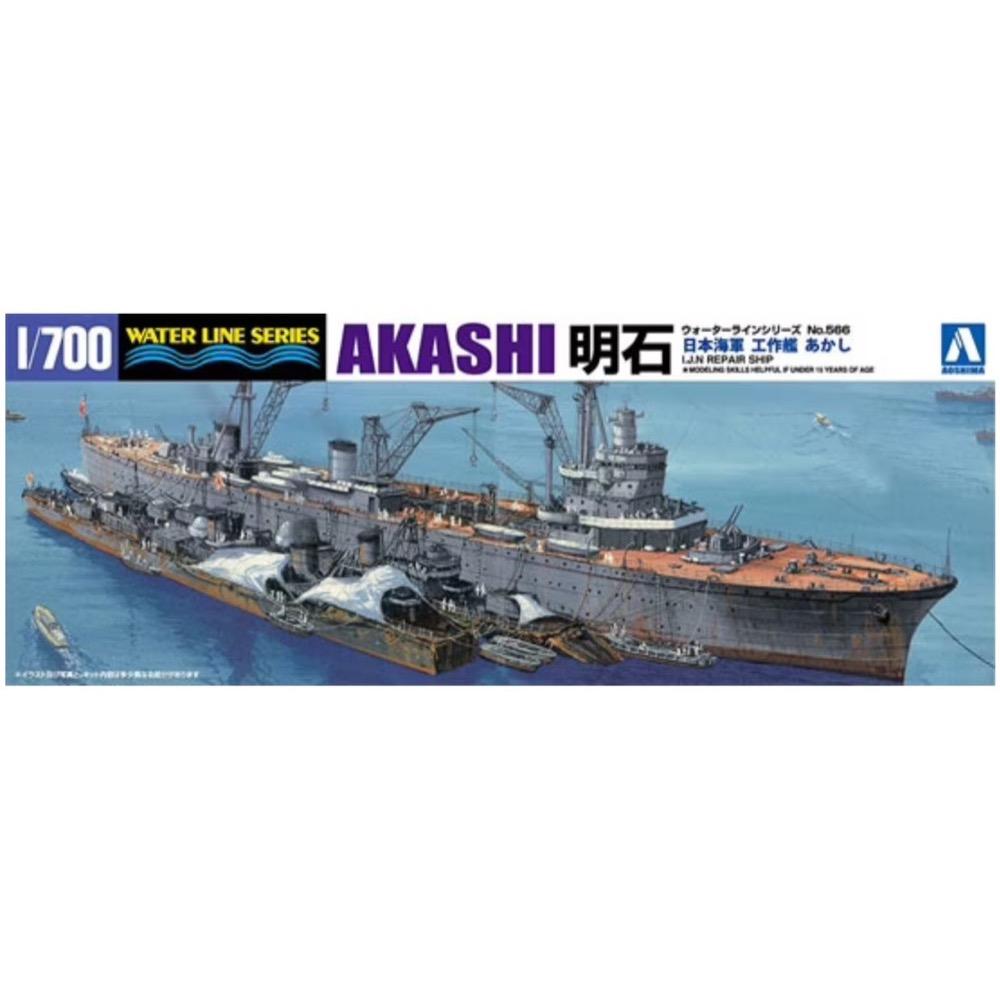
Aoshima A005174 1/700 IJN Repair Ship Akashi
The Akashi was a Japanese repair and support vessel from the interwar period and World War II, launched in June 1938 and commissioned in the Imperial Japanese Navy in 1939. The total length of the ship at the time of launching was 158.5 m, width 20.5 m, and displacement - approx. 9,000 tons. The maximum speed was 19-20 knots. At the time of launch, the unit was armed with 4 127 mm guns and 12 25 mm cannons.
The Akashi was a unique vessel in the Imperial Japanese Navy - the only ship in her class. From the beginning, it was also designed as a repair and overhaul unit, intended to somehow complement the old battleship Asahi rebuilt for this role in the fleet. The unit also received very modern equipment - largely imported from Germany. During the Pacific War (1941-1945), the unit operated primarily from the base in Truk. It carried out overhauls of such units as the aircraft carrier Shokaku in late 1942 and the battleship Yamato in 1943. In February 1944, the unit managed to escape from the base in Truk during the American Operation Hailstone, but was finally sunk on March 30, 1944 as a result of attacks by American air forces.
Authorized in 1934, Akashi was a purpose-built ship of the I.J.N. This 1/700 quality model is molded in grey plastic and features brown plastic and clear parts too!
This is an injection-plastic ship model kit.

Aoshima A005656 1/350 Christian Radich
From Aoshima comes this nicely molded limited edition 1/350 scale model of Christian Radich. The Christian Radich is a 3-mast full-rigged Norwegian ship built in the mid-1903s.
This kit comes with a stand, black string for the rigging and decals.
Christian Radich was launched in 1937 as a training vessel for a Norwegian training school. After its first voyage to North America, World War II broke out and she was incorporated into the Norwegian Navy. Later, she was captured by the German Navy and was used as a submarine accommodation ship. After the war, the damaged ship was recovered by the allies and returned to Norway. Fully restored in 1947, she returned to voyage, attending shows and races. Still used for training today, Christian Radich and its beauty is prided in Norway.
This is an injection-plastic ship model kit.
Features
- Completed Model Size:Approx. 17.4cm long, 4,7cm wide, 16.5cm high
- Mold Color: Tan, white, green
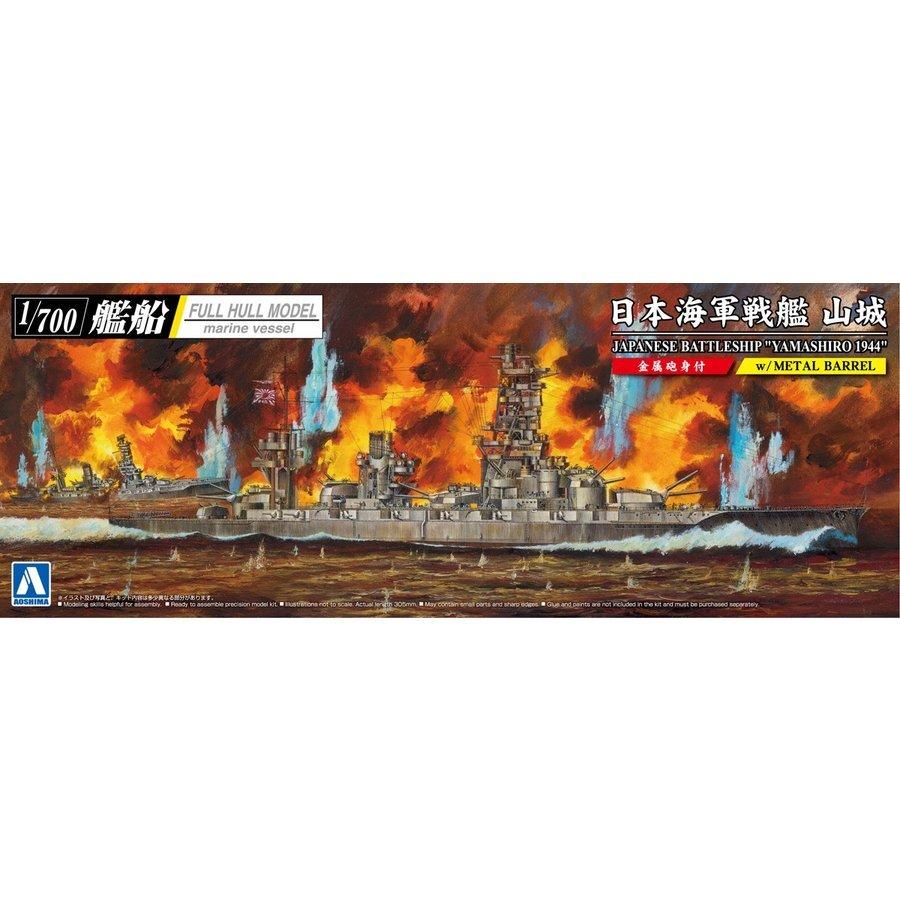
Aoshima A005978 1/700 Japanese Battleship Yamashiro 1944 SD
Yamashiro was a Japanese battleship laid under the keel in 1913, launched in November 1915, and commissioned in the Imperial Japanese Navy in March 1917. The ship was 213 meters long, 30.6 meters wide, and had a full displacement of 35,300 tons. The maximum speed of battleship Yamashiro was around 22-23 knots, and after upgrades it reached 25 knots. The main armament was 12 356 mm guns in six turrets, two cannons each, and the additional armament was mainly 16 152 mm guns located in casemates.
Yamashiro was the second and last battleship of the Fuso class. During World War I, it was not subjected to major modernization, while in the years 1930-1935 it underwent a thorough reconstruction. First of all, the armor was significantly strengthened, the entire engine room was changed (which improved the maximum speed!) And the shape of the superstructure with the command bridge, which was over 40 meters high and resembled a Japanese pagoda, was changed. Despite these changes, the battleship was still significantly slower than other ships of the Imperial Navy, and its main artillery of 356 mm did not make it an equal partner for American battleships. For these reasons, when World War II began, it was already considered a rather outdated ship. The battleship indirectly took part in the attack on Pearl Harbor (December 1941) and played only auxiliary functions in this operation, and in May 1942 it fought in the area of the Aleutian Islands. In the years 1943-1944 it was stationed mainly on the mother islands, but took part in the Battle of Leyte (October 1944), where it was sunk as a result of a torpedo attack and shelling from the USS Mississippi battleship.
Being the second of two Fuso-class ships created, the ship was made with an additional 17 single, 15 twin, and eight triple-mounts, which totaled an amazing 92 anti-aircraft guns in the final build. High quality, precision plastic model kit. Paint and glue not included. Requires assembly and painting. For intermediate to advanced skill modellers.
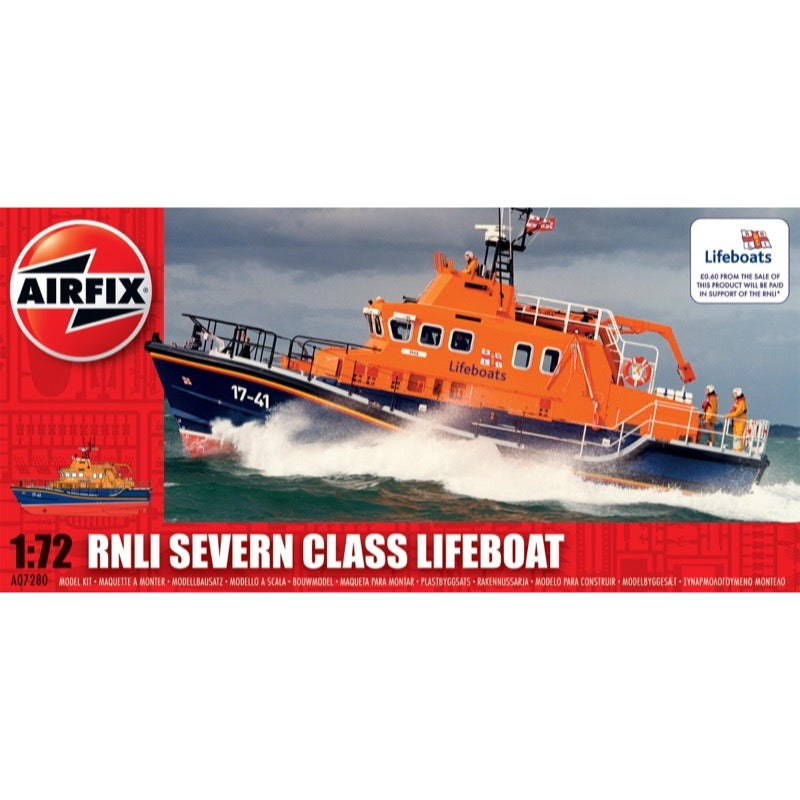
Airfix 07280 1/72 RNLI Severn Class Lifeboat
The Severn class lifeboat is the largest lifeboat in the RNLI fleet introduced in 1995. As an all-weather vessel, she can take on the worst sea conditions and comes into her own on long offshore searches and rescues. When lives are at risk out at sea, time is of the essence.
With a top speed of 25 knots and a range of 250 nautical miles, the Severn class lifeboat can reach casualties fast in calm or rough seas. She carries a small powered Y boat, ideal for rescues near rocks and shallow waters, and can be launched using the Severn's integral crane.
The kit in this box enables you to build a fully detailed model of this RNLI Lifeboat. Full details of the outside deck, hull and fittings are included and you can view a fully detailed interior by removing the cabin roof. The decal scheme will allow any one of the current operational RNLI Severn class lifeboats to be modelled.
Contents
- Plastic kit, instruction sheet, paint guide and decal sheet.
Specification
- 1:72 Scale
- Parts Included: 238
- Skill Level: 2
- Scheme Options: 1


